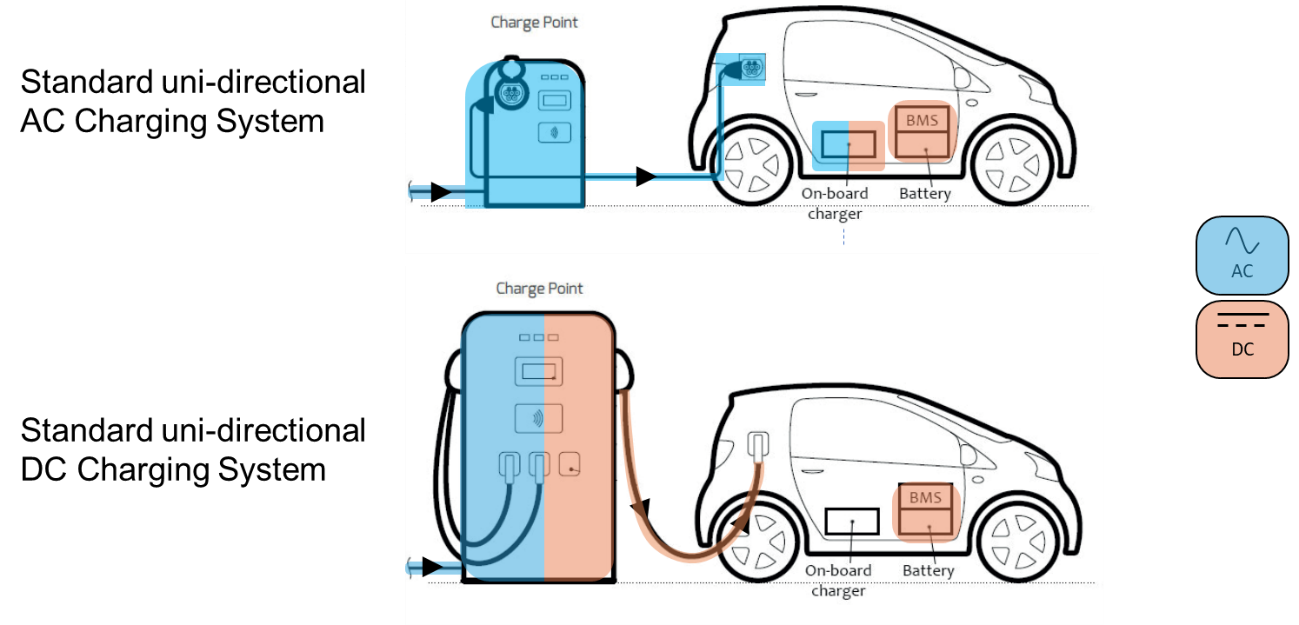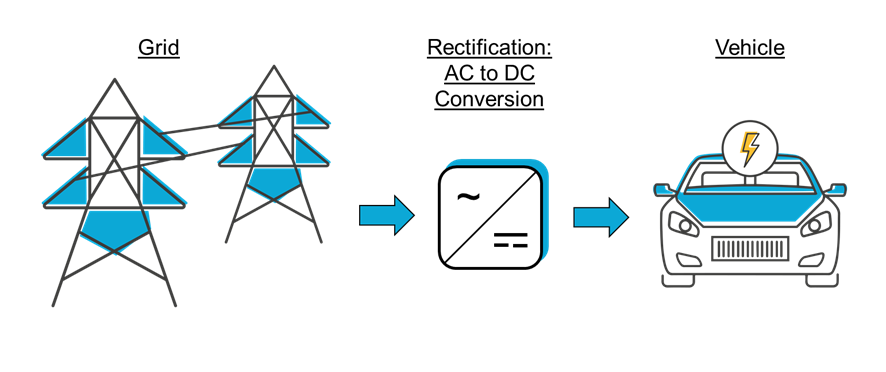Home / Nature & Environment / Sustainability / Vehicle-to-Grid Charging for Electric Cars / Electrical Design of V2G – Fundamentals

Reach your personal and professional goals
Unlock access to hundreds of expert online courses and degrees from top universities and educators to gain accredited qualifications and professional CV-building certificates.
Join over 18 million learners to launch, switch or build upon your career, all at your own pace, across a wide range of topic areas.


 Figure 1: Conventional Unidirectional AC and DC Charging Systems
Figure 1: Conventional Unidirectional AC and DC Charging Systems

 Figure 2: Grid-to-Vehicle and Vehicle-to-Grid Architectures
Figure 2: Grid-to-Vehicle and Vehicle-to-Grid Architectures







